What is the difference between single-pole and double-pole switches? When to use one or the other?
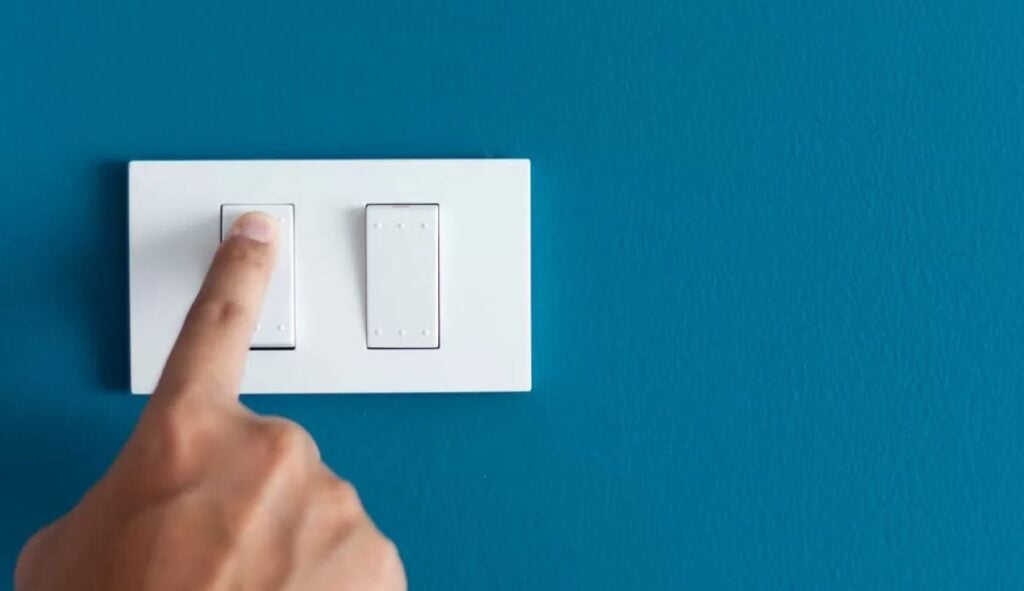
In the electrical field, there are numerous types of switches, which serve a wide variety of functions.
In this article, we will focus our attention on the difference between a single and a double-pole switch. We will also clarify what purposes they serve and when to install one or the other.
Index:
- What is an electrical switch?
- Single-pole switch
- Single-pole switch wiring
- Double-pole switch
- Double-pole switch wiring
What is an electrical switch?
Let’s start with the main notion: what is a switch?
It is an electrical control device, which serves to establish or interrupt electrical and metal continuity in a circuit. It can assume two positions. When it is positioned so as to allow current to flow, it is called a closed switch. Conversely, when the passage of current is interrupted, it is called an open switch.
In its most basic form, the switch consists of two metal contacts that can be moved to make contact or be separated. Each contact is called a ‘pole’.

Each switch is characterised by certain properties:
- Rated voltage: is the maximum voltage that can be withstood between the contacts in open position
- Maximum rated current: is the maximum electric current that can pass through the switch without damaging it
- Rated breaking capacity: is the maximum current that the device is capable of breaking
- IP rating: indicates the level of protection against contact with objects or the human body and against water.
In an electrical installation, in addition to switches, one very often also finds buttons, multiway switches and intermediate switches.
Single-pole switch
Single-pole switches are devices that interrupt only one pole of the electrical connection and, since the phase is normally inserted into the switch, it is the latter that will be interrupted.
Precisely because they are used to switch lights on and off, single-pole switches can be found practically everywhere. It consists of two terminals, and serves to open or close the phase contact, interrupting only one pole of the electrical connection.
When to use a single-pole switch?
This is what is usually used to control lighting points: light bulbs, ceiling lights, street lights, are usually controlled by a single-pole switch.
Single-pole switch wiring
Installation of the single-pole switch is extremely simple: the wiring consists of inserting the cable carrying the phase into one of the two terminals on the back of the device.
Which single-pole switches to buy?
Below are two single-pole switches from the best brands:
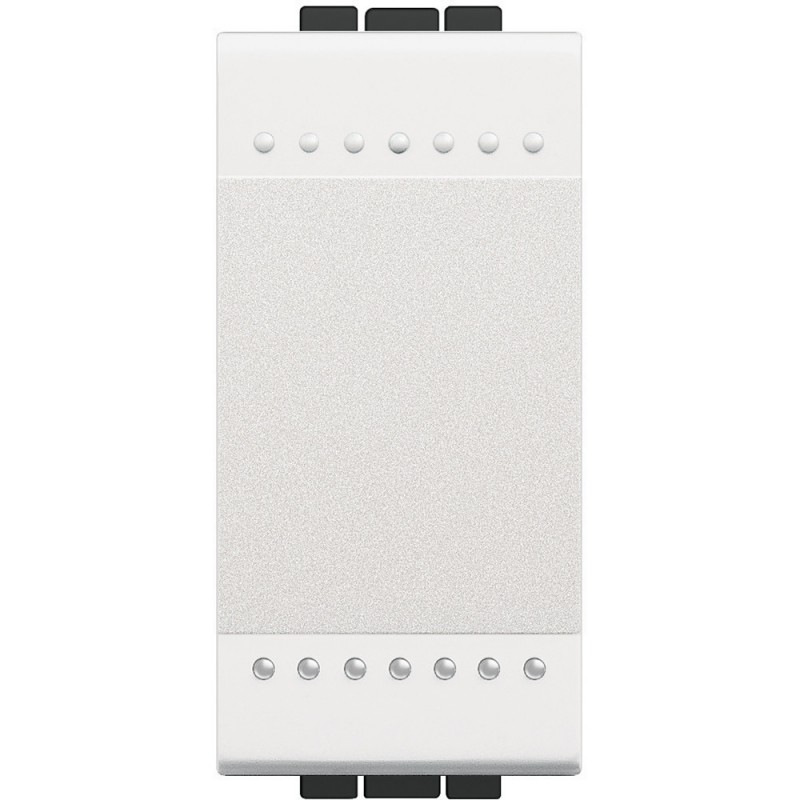

Double-pole switch
Aesthetically, double-pole switches are similar to unipolar switches. To distinguish them, the bipolar is often labelled O/I. The function of this device is to interrupt both phase and neutral.
The double-pole switch is usually connected to an electrical socket in order to give it the command to switch on (thus passing the current on) or switch off (cutting off the current).
Internally, the contacts are 16A and not 10A, to enable the handling of heavier loads with higher power consumption.

When is a double-pole switch used?
At electrical sockets serving large household appliances such as washing machines, dishwashers, ovens, fridges, it is good practice to install – for each of them – a double-pole switch, so that they can control the switching on and off of the machine in question, and protect them from sudden power surges.
Double-pole switch wiring
Thanks to this switch, we will have greater security on the device we connect to the socket controlled by the switch. In fact, the double-pole, as opposed to the single-pole, totally isolates the electrical circuit. On the back of the switch, the phase cable, neutral cable and earth cable must be connected. You can read our guide on how to wire a double-pole switch.
Which double-pole switches to buy?
Below are double-pole switches from three of the best brands:
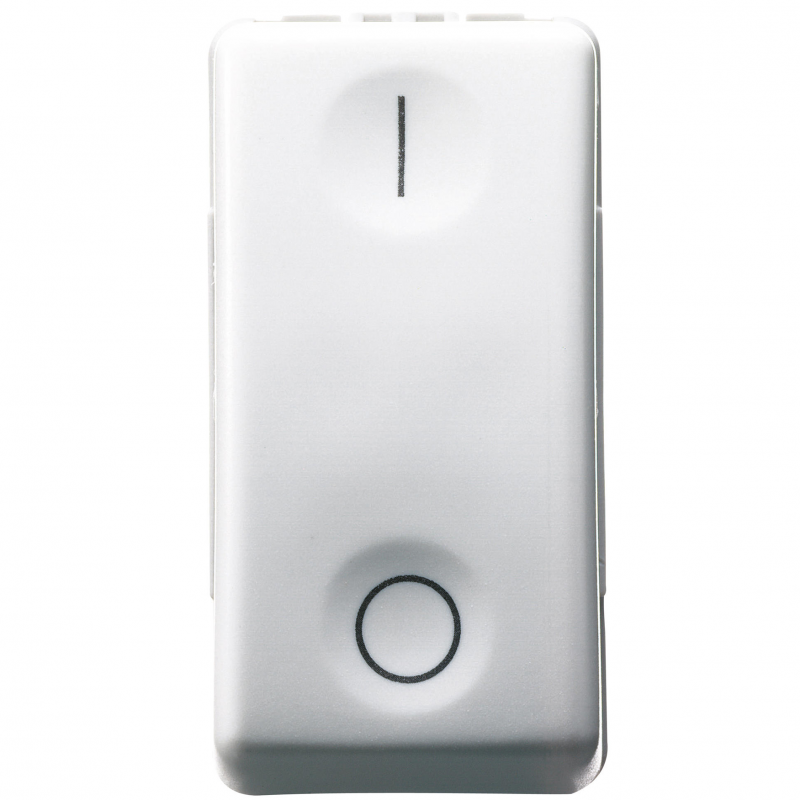
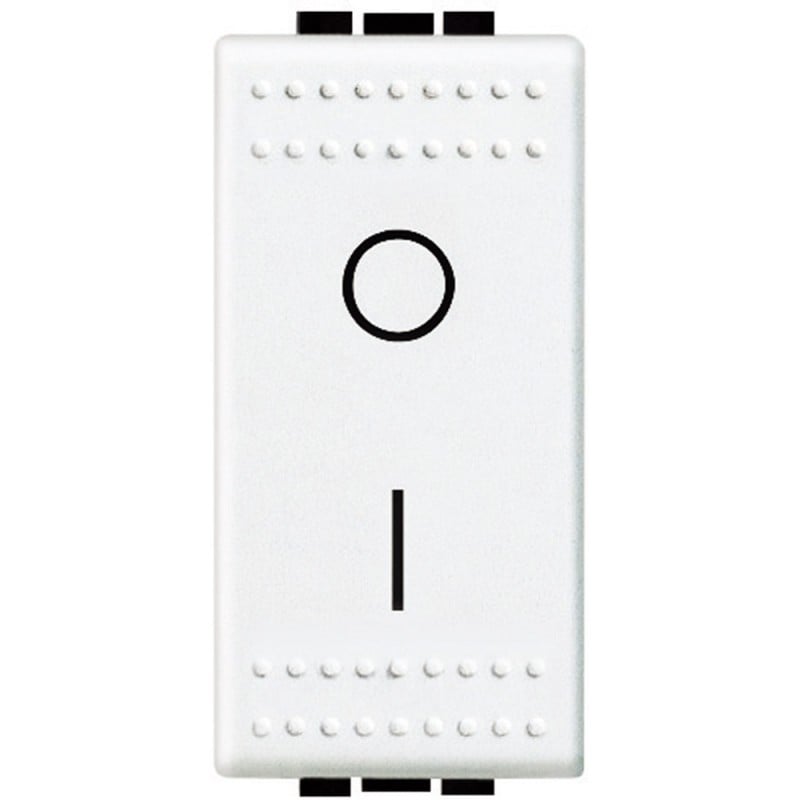
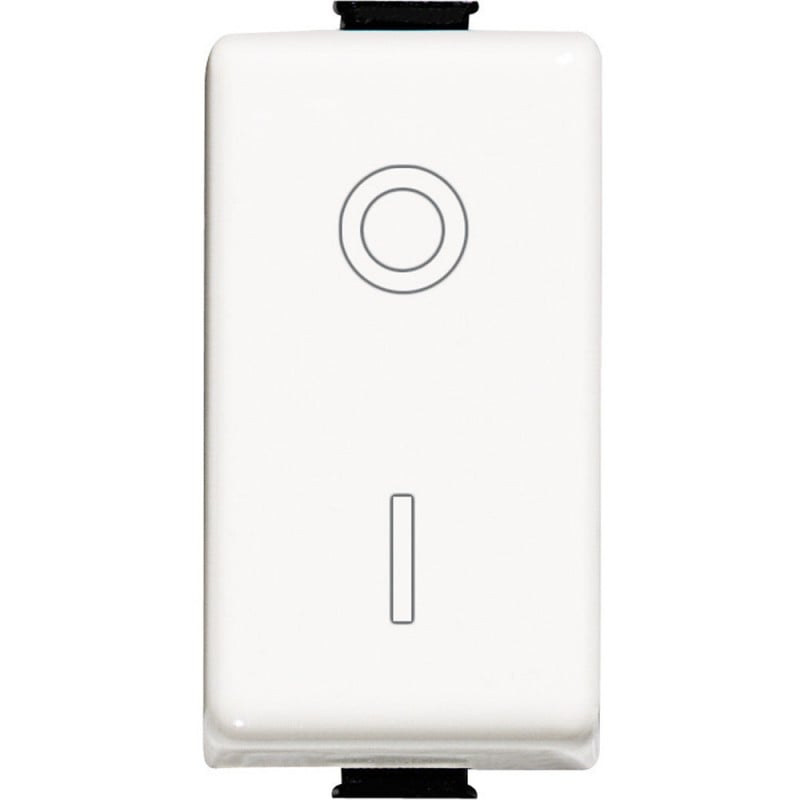
In summary, the choice between the single and the double-pole switch must therefore be made according to the task they are to perform.
- To control the switching on and off of a simple light, we will use the single-pole switch.
- To control the flow of electricity in a socket, on the other hand, we will have to use the double-pole switch.
You might also be interested in:
- Multiway switch: control the lights from two locations
- How to wire a switch to a socket: Comprehensive guide
- Bticino living now catalogue: The complete offer

